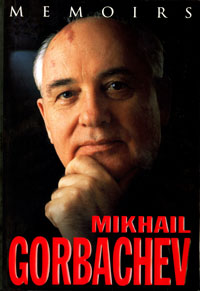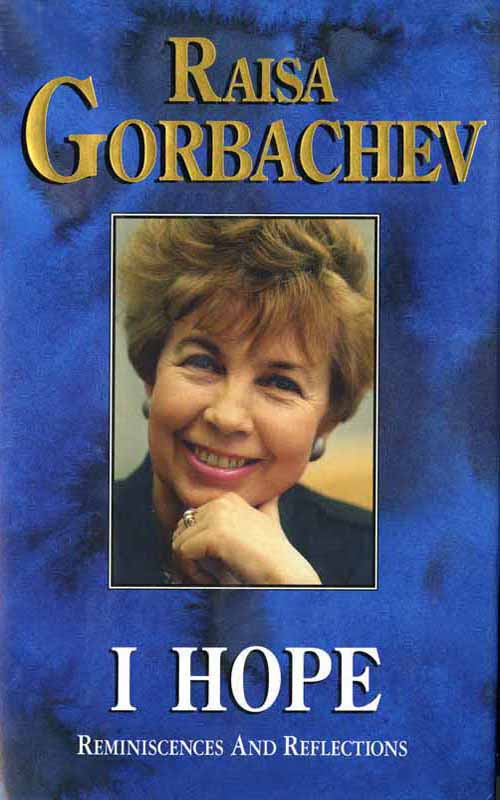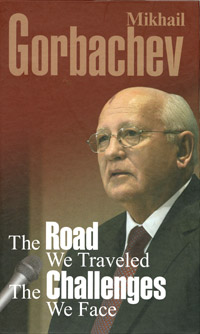23 June 2008
Gorbachev backs plea for Cold War museum at Checkpoint Charlie Checkpoint Charlie could become the site of Former presidents, foreign ministers and ambassadors have written an open statement calling on the German government to act. They say that, almost two decades after the fall of the Berlin Wall, memories are fading fast, despite the art-house success of films such as Good Bye Lenin! and The Lives of Others, both set in communist Vaclav Havel, the former Czech president, former Polish foreign minister Wladyslaw Bartoszewski, Germany's former foreign minister Hans-Dietrich Genscher and the former US ambassador to Germany, John Kornblum, are among those appealing for 'the establishment of a Cold War museum' to 'safeguard for the long term the memory of the division of Europe and its liberation'. Former Soviet president Mikhail Gorbachev has also given his backing to the project. As the most famous crossing-point between East and The appeal, published in the Süddeutsche Zeitung, comes at a time when Interest in the East of the past has even extended to opening prefabricated flats of the era as mini-museums. But preservation of the past is an uphill struggle. More and more Cold War remnants are being lost to make way for new developments. This week will see the last hurrah for Little remains of the 103-mile Berlin Wall, which lasted for 28 years, dividing the city and leading to the deaths of about 1,100 people. Although tourists in a recent survey voted it the sight they most wanted to see, even some Berliners are at a loss to remember where it ran. More of the Wall is on display elsewhere - at the Apart from a few stretches, such as the now crumbling 1,490-yard long East Side, on which 106 artists have painted their work and which is soon to receive a facelift, the most prominent 'Wall reminder' is a cobblestone strip set into the ground to show where it once went. Cyclists notice it when they bump over it, but few others pay much attention. An interactive museum, say the politicians, would help move away from what some criticise as a 'Disneyfication process' and form a legacy in which people could be - as Havel and his co-signatories drily put it - 'taught about the mechanisms of escalation and de-escalation in a world which has changed dramatically since the end of the Cold War'. The Observer \ 22.06.2008 |
|
The XXI century will be a сentury either of total all-embracing crisis or of moral and spiritual healing that will reinvigorate humankind. It is my conviction that all of us - all reasonable political leaders, all spiritual and ideological movements, all faiths - must help in this transition to a triumph of humanism and justice, in making the XXI century a century of a new human renaissance.
|
|
Русский |




